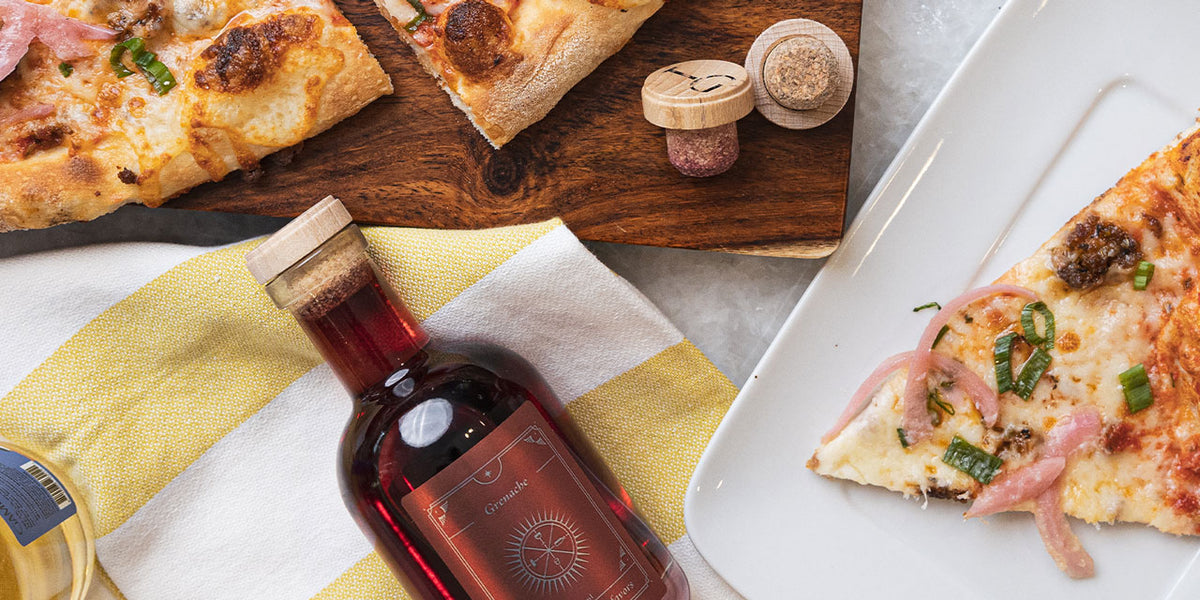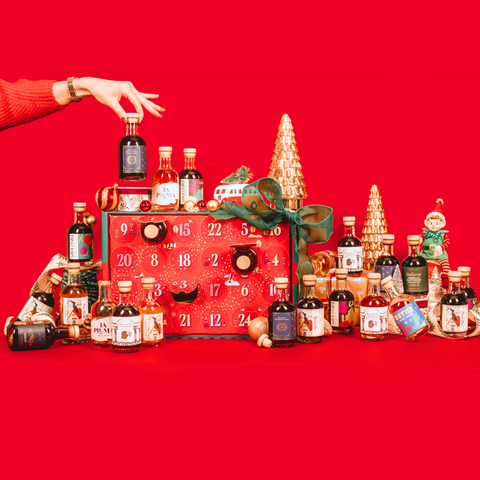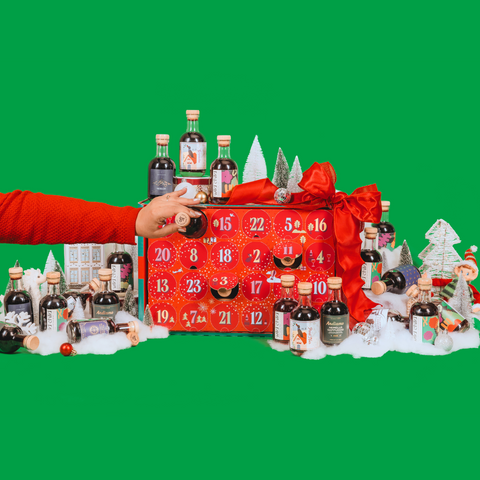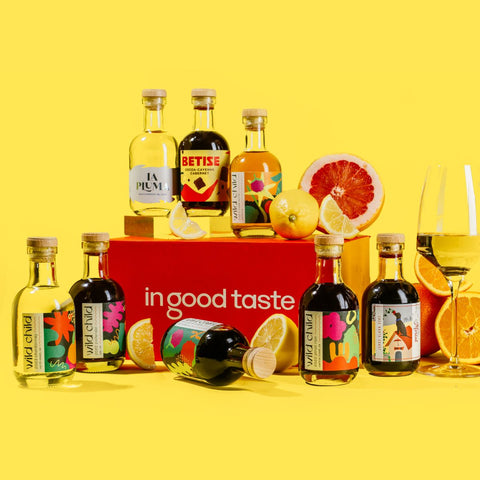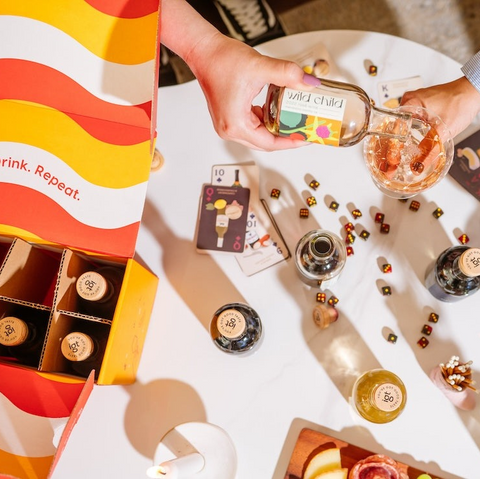Which Wines are Best for Cooking?
Wine is a nice addition to just about every moment in life, and it makes the perfect companion to a delicious meal. In fact, wine and food pair so well together that some recipes even call for wine as a special ingredient to add some depth and flavor. Should you start adding a splash of wine to your dishes? Which dishes would do well with wine added as an ingredient? You may be curious what difference it will make, and which wines you should use or avoid. We are so glad that you asked because we are ready to discuss it all. Let’s delve a little bit deeper into the world of cooking with wine, and talk about why it just may be your secret ingredient to creating some amazing cuisines.
How is Wine Used in Cooking?
Wine is a versatile ingredient in the culinary world that has a plethora of uses. It can be used to add depth to the flavor of a cream sauce, to deglaze a dish, as part of a marinate, or to tenderize a cut of meat. Marsala is a delicious addition to chicken and veal dishes, a splash of Sauvignon Blanc adds a zestiness to any seafood pasta or shellfish appetizer, Cabernet Sauvignon creates a nice richness and tenderness to braised short ribs, and sherry enhances the mouthwatering depth in a She-crab soup. Surprisingly, those are just a few of the several ways that you can incorporate wine into your food. As if you needed more reasons to love wine, right?

The most common wines used in cooking are dry, crisp whites with low tannins and a low ABV, somewhere between 10% and 13%. Imagine something with high acidity and bright, citrusy notes. These wines are the most versatile in your ingredient arsenal, as they pair well with most dishes that call for wine as an ingredient. Red wines are also used but are not quite as common.
So, which types of white and red wines are best suited for your cooking ventures? Not to worry, we have answers! Read on to find out more about some specific varietals to keep an eye out for when you find a must-try recipe that lists wine as an ingredient.
As a general rule, it’s a good idea to cook with a wine that you enjoy drinking on its own. If it doesn’t taste good to you in the glass, it won’t taste good in a dish either. Plus, it’s likely that you won’t have to use the whole bottle, so you get the added benefit of sipping on some wine while you prepare your food.
Best White Wines to Cook With
Like we have already mentioned, the best white wines to cook with are those that are dry, crisp, and have a high acidity. Specifically, there are a few varietals to keep in mind when prepping for a dish, so let’s narrow it down:

For a nice addition to some creamy sauces, look no further than Chardonnay. Be sure to reach for a stainless barrel-aged rather than an oaked barrel-aged Chardonnay. The oaky notes, when cooked, leave a less than desirable taste in food. Stainless barrel-aged Chardonnays have that bright, acidic flavor that bodes well in a dish. One notable cuisine for which Chardonnay does wonders is Coq au Vin Blanc, or chicken in white wine.

Sauvignon Blanc adds an unmistakable brightness to any dish. To experience this firsthand, try it as an ingredient for braising chicken with lemon and garlic. Or, use it when making a veggie pasta dish.

Seafood, anyone? Pinot Grigio is an excellent addition to shellfish recipes, especially with mussels. It also works well with vegetable side dishes, such as green beans and mushrooms.
Best Red Wines to Cook With
When cooking with red wines, it’s important to look for varietals with high acidity, low tannins, and minimal oakiness. Those bold, full-bodied, oaky reds, while delicious in the glass, should stay in the glass. They’re great on their own and don’t necessarily belong in the recipe for a delicious meal. However, for red wines that go well in a recipe, the following choices will not let you down:

Pinot is the secret ingredient to delicious sauces for dishes that feature red meat. One such dish that uses this is roast beef tenderloin with Pinot Noir sauce. It also works wonders in charred vegetable ragu.

If your dish includes mushrooms, give them an extra kick and enhance their savory, earthy flavor by sautéing or slow cooking them with Merlot.

The unmistakable richness of Cabernet Sauvignon is a must when cooking a hearty meal of braised short ribs, which complements the depth of flavor in the meat and adds an irresistible tenderness to the texture. Be sure to find a Cab with a medium body rather than a full body, as this will do more to complement rather than overpower your dish.
Just like with white wines, it’s important to pick a wine that you would drink on its own when picking a red to cook with. Trust us, it’s the best way to go!
Wines to Avoid Cooking With
It is important to note that some wines are a better addition to your recipe than others. Technically, it is possible to cook with all wines, but realistically, there are some that are in your best interest to avoid. Don’t worry, this is us looking out for you.
Firstly, if you can, steer clear of using “cooking wine” in your recipes. This ingredient will typically be found near the vinegar in your grocery store. Cooking wine has had alcohol removed, and it is filled with salt and preservatives to give it a longer shelf life. The alcohol in normal wine evaporates as it cooks, so removing it initially is not necessary. Also, the added salt and preservatives can add some unwanted flavors to your dish. The worst part of all? You won’t have a bottle of wine to enjoy while you cook, because you shouldn’t drink cooking wine like regular wine. It’s not meant for drinking, and it doesn’t taste very good on its own. If you can’t sip while you sauté, what’s the fun in that?

While we’re on the topic, there are a few more characteristics to avoid when looking for wines to cook with. If a wine has an ABV above 13%, avoid it. Alcohol should evaporate over the course of cooking your meal, so if there is too much, your dish could have an unwanted, sharp, alcohol taste.

It’s also best not to use wines that are too sweet, like low ABV Riesling or a sweet Moscato, as they can caramelize and add too much sweetness to your food. We think that seafood pasta dish would do well without an extra sugary flavor, don’t you? Additionally, if a recipe calls for a red wine, pick one that is low on the tannin scale. When tannins are heated, they leave a bitter taste that can overpower the flavors of your dish. When in doubt, refer to the list of varietals above.


Another factor to consider is that you shouldn’t overspend on a bottle of wine that you plan to cook with. The complexities that expensive bottles of wine are known to have will be overshadowed and cooked away in recipes, so by the time a dish is done, you wouldn’t be able to tell the difference if you had used a $10 bottle or a $50 bottle. Save the pricier pours for your glass to drink with your meal!

Wine Cooking Substitutions
No wine on hand? No worries, there are alternatives that you can use to achieve a similar flavor for recipes that call for a splash of vino. Chicken or vegetable stock, lemon, and red or white wine vinegar are all excellent choices to add depth to the flavor of your food and that bit of zestiness that wine helps a dish achieve.
You don’t have to be a culinary expert to use wine when prepping for your next cuisine, but that doesn’t mean you can’t show off a little and pretend to be one. Show off your newfound knowledge of cooking with wine, and use that bottle to its fullest potential! Just be sure to invite us over the next time you make one of those delicious dishes.

